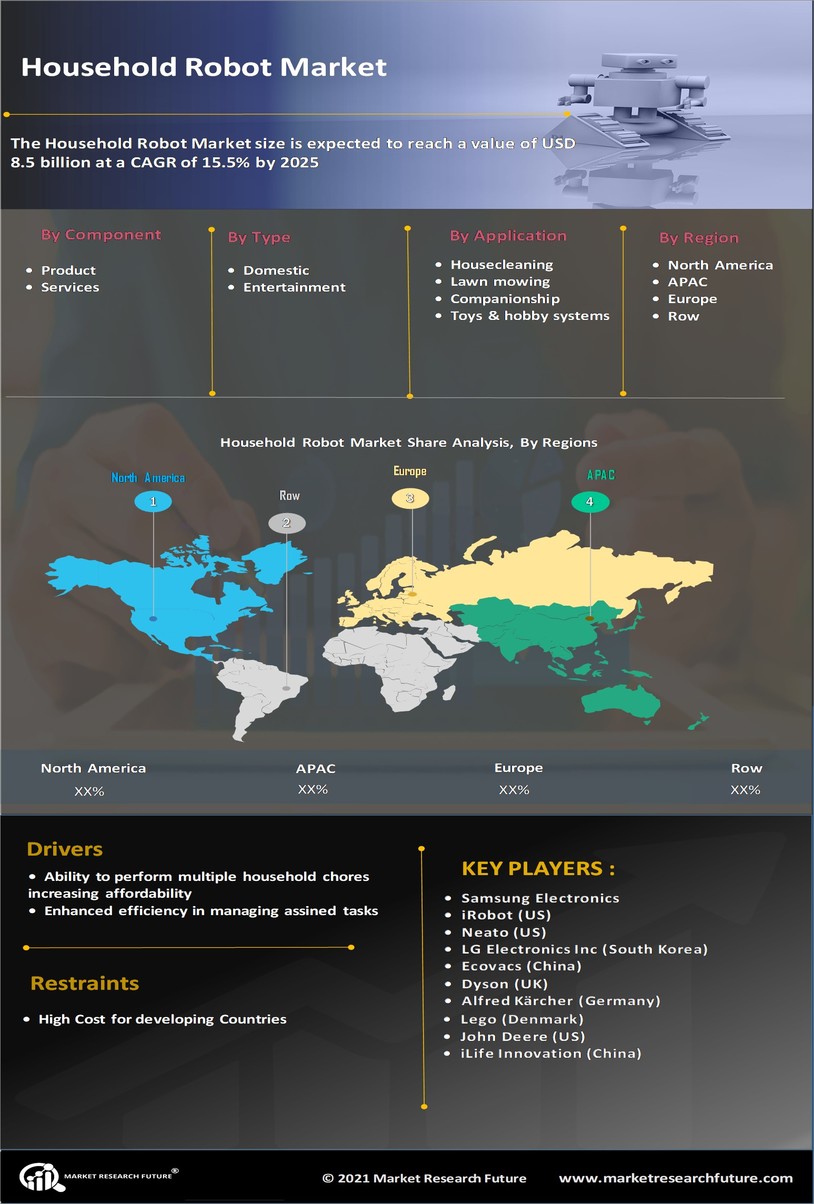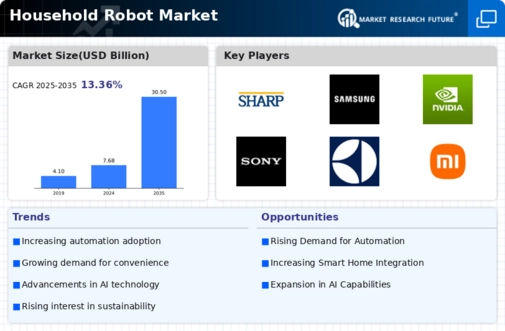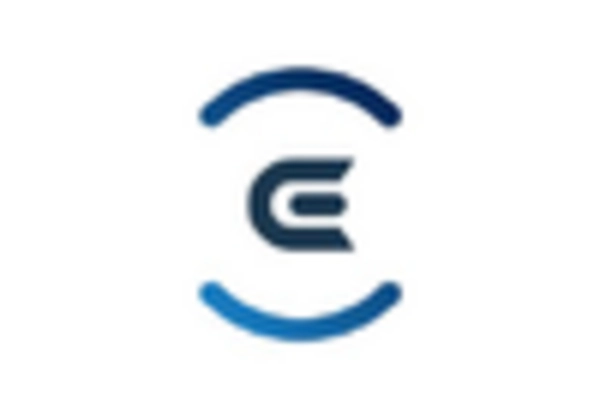The Household Robot Market is characterized by rapid innovation and increasing adoption rates, driven by technological advancements and changing consumer preferences. The competitive landscape features a mix of well-established players and new entrants, all vying for market share by offering a variety of smart home solutions.
Companies are leveraging advancements in artificial intelligence, machine learning, and automation to enhance their offerings, thus responding to a growing demand for convenience and efficiency in household chores.
This market is not only about robotics but also emphasizes connectivity, ease of use, and integration with other smart home devices, allowing for an ecosystem that promotes seamless living experiences. Understanding the dynamics of competition within this market, including the strengths, weaknesses, and strategies of key players, is crucial for stakeholders aiming to position themselves effectively.
Sharp has made significant strides in the Household Robot Market, showcasing its commitment to developing innovative solutions tailored to consumer needs. The company has focused on integrating advanced technologies into its products, emphasizing efficiency and user-friendliness, which resonate well with tech-savvy consumers.
Sharp has utilized its extensive experience in electronics to manufacture household robots that stand out for their quality and performance. Its market presence is supported by a strong distribution network and strategic partnerships that enhance product accessibility in various global regions.
The company leverages its strengths in technological expertise and research and development to continually improve its product offerings, positioning itself as a competitive player in this evolving market.
Samsung has emerged as a formidable competitor in the Household Robot Market, leveraging its wide array of technological capabilities and brand recognition. The company offers a range of household robots, including robotic vacuum cleaners and smart appliances, which incorporate advanced features like artificial intelligence and smart home integration.
Samsung's strong market presence is backed by continuous investment in research and development, enabling constant product innovations tailored to meet consumer preferences. The company has also engaged in various strategic mergers and acquisitions to enhance its technological edge and extend its market reach.
Samsung’s strengths lie in its diversified portfolio, solid brand loyalty, and ability to integrate its robotic solutions into a broader ecosystem of smart home devices, making it a key player that shapes the future landscape of household automation on a global scale.

















Leave a Comment